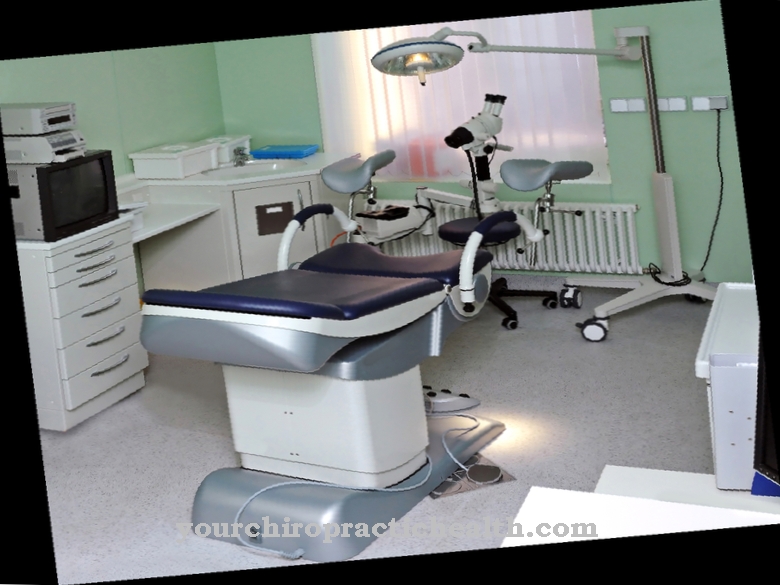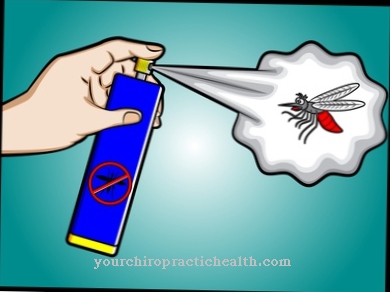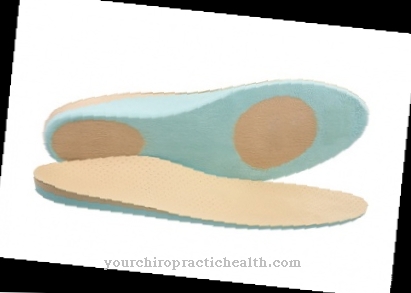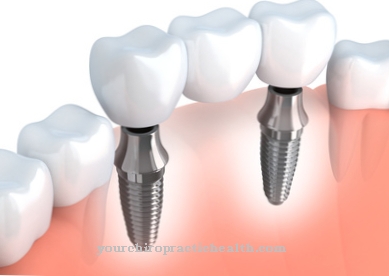What draws a medical goggles what differentiates them from safety glasses? Are there different types of medical goggles? How are medical safety glasses constructed? What is its use? This article deals with all of these questions.
What are medical goggles?

Medical safety goggles as part of work clothing are work safety goggles. It is used to protect the eyes and the eye region by means of a tight-fitting frame.
The medical goggles are characterized by lenses and a frame made of plastic that are resistant to chemicals, heat, cold and flying particles.
Shapes, types & types
Under the Occupational Safety and Health Act, the employer is obliged to provide the employee with personal protective equipment (PPE) that must comply with DIN EN 166. In the field of medicine, this includes medical protective goggles.
The angle and length of the temples can be flexibly adjusted for better adaptation to the shape of the head and to cover the eye area. The ergonomic forehead rest also helps to ensure a better fit. The top edge acts against annoying light reflections or dust and chemicals. Nose loops allow a non-slip fit in any head position and avoid pressure points. Soft temple tips also increase comfort without pressing on the sensitive areas behind the ears.
This makes it possible to support the individual movement sequence: the glasses that are put on sit firmly and stay there, ensuring a high level of comfort. It is possible to wear the medical protective goggles for long periods of time without any problems - not least because of their low weight.
Some glasses have an anti-reflective coating. These are characterized by a high transmission: the visible range of light with a wavelength higher than 400 nm is transmitted almost 100 percent. All high-energy light rays up to 400 nm are completely blocked as with the 400 nm edge filter. This avoids annoying light reflections. This enables a glare-free, fatigue-free view at the workplace with a mix of artificial and natural light. Wearing medical protective goggles increases performance and safety in the activity to be performed, for example manual activities such as operating, dental technology, reading data and working in the laboratory. Some glasses for the laboratory area also block the other end of the spectrum: the infrared light range.
The glasses / panes meet the highest optical quality class according to DIN EN 166. Distortion-free images prevent symptoms of fatigue at the workplace. If high-impact polycarbonate is used according to the standard, the glasses also offer maximum protection against mechanical hazards. The glasses must be scratch-resistant, impact-free and antistatic.
Some goggles are compatible with the normal glasses of the user as overspecs. The optical correction can be incorporated into the lenses of other medical protective goggles.
Various plastic materials are processed for the frame in an injection molding process. This is how metal-free medical protective goggles are produced, which are of interest to allergy sufferers. A few models are available in metal or metal / plastic versions.
Certain models offer panoramic lenses for an unrestricted field of vision with integrated side cover. Since they seal tight all around, they have a system with ventilation slots, can be easily folded and stowed in the smock if necessary.
For medical steam pressure sterilization work, medical protective goggles are developed that do not fog up during autoclave work. This property is guaranteed by a special coating.
Some frames are designed in the glass shape, similar to sports halfrim glasses, for particularly high cheekbones, while other frames are optimized for narrow faces. In other models - as with some sports glasses - the plastic lenses can be easily changed. Some glasses are provided with nano-particles so that they can be cleaned quickly.
The glasses have different designs: In addition to conventional shapes in a frame that surrounds the entire glass, there are also curved glasses that extend into the side area of the face. These glasses can, but need not, be completely enclosed by a frame. A sporty design, often in different colors and shapes of frame and glasses, is possible.
Structure & functionality
The medical protective goggles consist of a frame - mostly made of plastic - and panes, which are usually also made of plastic. Some frames can be worn as over-glasses over the optical correction of the user. Different plastics are used depending on the area of application: impact-resistant polycarbonate, cellulose acetate, glass or hard glass for the lenses.
Coatings are possible to ensure the properties "scratch resistance", "anti-fogging", "resistance to chemicals", "protection against contamination" and "polarization". A very similar design - but with different glasses - can be found for sports, water sports, alpine and skiing areas and the area of therapeutic edge filters for people with a visual impairment or blindness. The frame offers reliable protection of the eye region against external influences such as UV and IR light, chemicals, heat, cold, dust and particles. Different tints of the lenses - or clear glass - are possible depending on the application.
Medical & health benefits
According to the Occupational Safety and Health Act, the employer must, for example, equip its employees with medical protective goggles. In this way, he fulfills his duty of care to ensure the operational safety of employees. The employee himself benefits from more relaxed vision and less stress at work. Safe, non-stressed, glare-free, fatigue-free vision increases the productivity of the work done. This applies to activities in the laboratory such as carrying out or evaluating experiments, activities in the operating theater or in dental technology.
Employers and employees benefit from the higher security of data quality and more efficient performance. The patient in the operating room and the operating team benefit from increased safety during the operation.



























